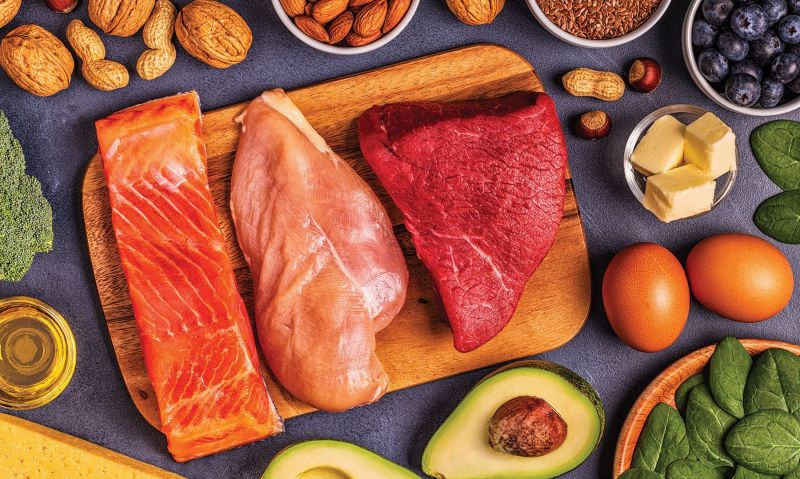
Regardless of diet, here are some scientifically supported facts about the macronutrient.
There is lots of confusion about the role of fats in a healthy diet. For decades we saw low-fat diet trends, and now high-fat diets like keto and paleo are becoming popular. Regardless of diet, here are some scientifically supported facts about the macronutrient.
Fat is a source of essential fatty acids, which the body cannot produce itself. Fat is a key component to health and helps the body absorb vitamins A, D, E and K. Each gram of fat contains nine calories, compared to four calories per gram in both protein and carbohydrates, the other macronutrients. Since fat is more calorically dense, monitor your portion sizes.
There are two categories of fats: saturated and unsaturated. The medical community largely advocates for more consumption of unsaturated fats, due to the increased risk of atherosclerosis and heart disease from saturated fats.
Saturated fatty acids pack together tightly and increase levels of low-density lipoprotein (LDL), the “bad” artery-clogging cholesterol. Unsaturated fats raise levels of high-density lipoprotein (HDL), the “good” cholesterol. HDL sweeps up excess
LDL in the blood and carries it to the liver for removal. By increasing levels of HDL, unsaturated fats help protect against the harmful effects of saturated fats.
Saturated fats are mainly found in animal sources. Meat and dairy products from grass-fed cattle are healthier than from grain-fed cattle.
The grass-fed meat has significantly lower levels of saturated fat, and higher levels of omega 3
and 6 fatty acids. If you eat red meat, opt for lean cuts of grass-fed beef for the most health benefits. Unsaturated fats are typically found in plant sources.
Trans fats are a type of unsaturated fat, also known as industrial trans fats or partially hydrogenated oil (PHO), which occurs when vegetable oils are chemically altered to stay solid at room temperature, giving them a longer shelf life. The health risks from PHO are so great that the FDA has banned food manufacturers from adding it to foods.
What foods are part of a healthy diet?
Sources of healthy fats
• Avocados
• Eggs (free-range)
• Fatty fish such as salmon, tuna, sardines, mackerel, trout, pollock and herring
• Almonds, walnuts, pistachios, pecans, Brazil nuts
• Pumpkin, flax and chia seeds
• Peanut and nut butters
• Dark chocolate (85% or higher)
Fats to avoid
• All trans fats
• Red meat (grain-fed)
• Dairy (grain-fed)
• Soybean, corn, canola, sunflower, safflower oils
• Vegetable shortening
• Margarine
• Pork fat
Army veteran Jennifer Campbell is a certified personal trainer with a master’s degree in nutrition education. She is past commander of the California American Legion’s 24th District and Hollywood Post 43.
- Magazine

